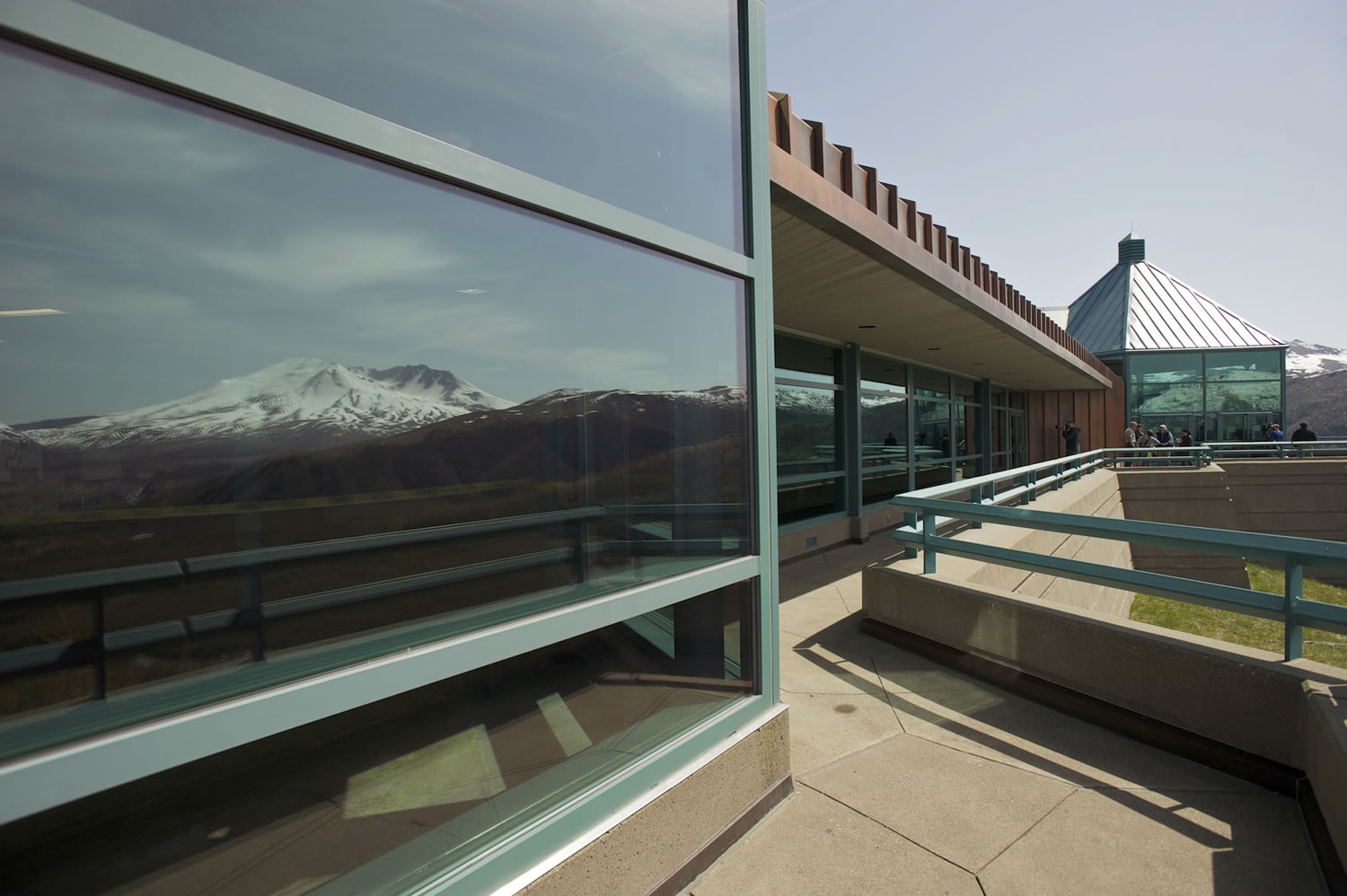For anyone interested in the forces that shaped the Northwest, Mount St. Helens remains a must-see.
But even if you’ve been to the national volcanic monument in Southwest Washington’s Gifford Pinchot National Forest recently, additions to the surrounding trails and facilities may offer a different experience than you remember.
Mount St. Helens
http://fs.usda.gov/mountsthelens and http://mountsthelens.com
The old Coldwater Ridge Visitor Center hadn’t been open even 15 years when it closed in 2007 amid a growing maintenance backlog and ongoing financial struggles. But in 2012, the U.S. Forest Service reopened the site as the Mount St. Helens Science and Learning Center at Coldwater.
The re-purposed facility opened in May with special events, educational opportunities and research in mind. It’s since resumed regular visiting hours. And nearby Coldwater Lake, which stretches out below the facility, welcomed kayakers for the first time in 2012.
The flagship facility at Mount St. Helens remains Johnston Ridge Observatory. Overlooking the pumice plain on the north side of the mountain, Johnston Ridge offers jaw-dropping views into the crater and surrounding landscape.
Among its new additions: An outdoor amphitheater that hosted three concerts in 2012, to rave reviews. Forest officials have said they’ll explore new opportunities for the unique venue in 2013.
Inside the observatory, interactive exhibits offer a detailed look at the mountain through photos, stories and other features. Outside, visitors can access miles of trails from Johnston Ridge and elsewhere.
Mount St. Helens itself has been relatively quiet since 2008, when scientists declared that the eruption of a new lava dome inside the mountain’s massive crater had ceased. But the surrounding area continues to evolve in the wake of the catastrophic 1980 eruption that collapsed the mountain’s north face and flattened some 230 square miles of forest.
The Johnston Ridge Observatory is at the end of state Highway 504, about 50 miles east of Interstate 5 interchange at Castle Rock. The mountain is also a popular climbing destination for visitors looking for a more up-close view.If mountains aren’t your thing, Southwest Washington offers plenty of other ways to experience the area’s natural wonder:
National wildlife refuges
http://fws.gov/ridgefieldrefuges/complex and http://fws.gov/ridgefieldrefuges/steigerwaldlake
Spanning 5,218 acres between the town of Ridgefield and the Columbia River, the Ridgefield National Wildlife Refuge owes its existence to the massive Alaska earthquake of 1964.
The 9.2-magnitude subduction-style quake disrupted large swaths of coastal nesting habitat for dusky Canada geese in Alaska, prompting federal biologists to look for wintering habitat elsewhere.
They found it on the collection of marshes, islands and pastures on the Washington side of the Columbia River, in the middle of an existing corridor for migratory birds. Today, the refuge accommodates Canada duskies, along with a wide variety of ducks, loons, grebes, pelicans, hawks, gulls, plovers, sandpipers, owls, chickadees, wrens, warblers and finches.
The U.S. Fish and Wildlife Service also maintains the Steigerwald Lake National Wildlife Refuge on the westernmost point of the Columbia River Gorge National Scenic Area. In 2009, Steigerwald opened a 2.2-mile loop trail with two boardwalks, two scenic overlooks and a 110-foot bridge across Gibbons Creek. A section of that trail was damaged in a 2012 wildfire that scorched 150 acres of the refuge. The trail partially reopened two weeks later.
Columbia Springs
http://columbiasprings.org
Just east of the Interstate 205 bridge on old Evergreen Highway (12208 S.E. Evergreen Highway), the old Vancouver Trout Hatchery continues to raise a relatively small number of fish while providing hands-on educational opportunities for local schools.
Water Resources Education Center
http://cityofvancouver.us/watercenter.asp
The city of Vancouver is the proud owner of possibly the world’s grandest sewage treatment plant.
As part of a $47 million project to replace its Marine Park wastewater treatment plant at 4600 S.E. Columbia Way in 1995, the city added a two-story brick structure with exhibit hall, classroom, community room, water sciences laboratory and 1,000-gallon aquarium display. It’s surrounded by almost 50 acres of wetlands along the Columbia River waterfront trail across from the Portland airport. Admission is free.



